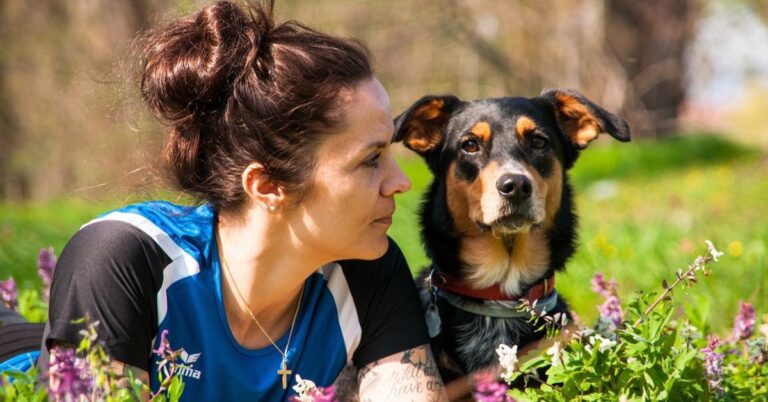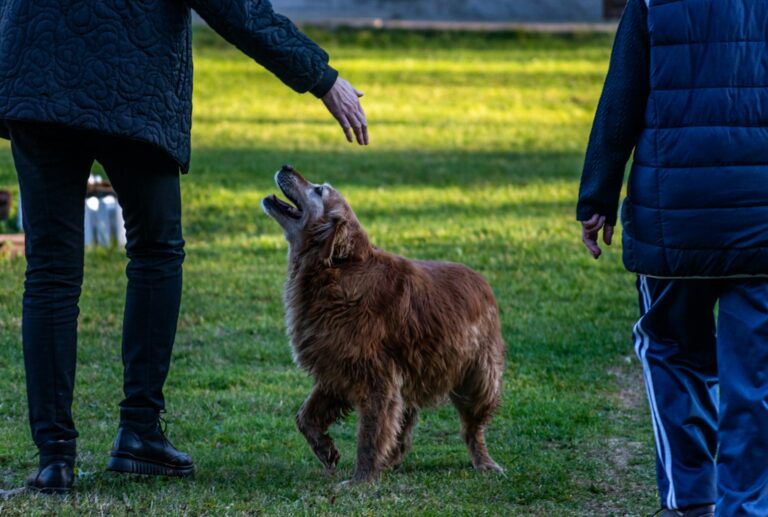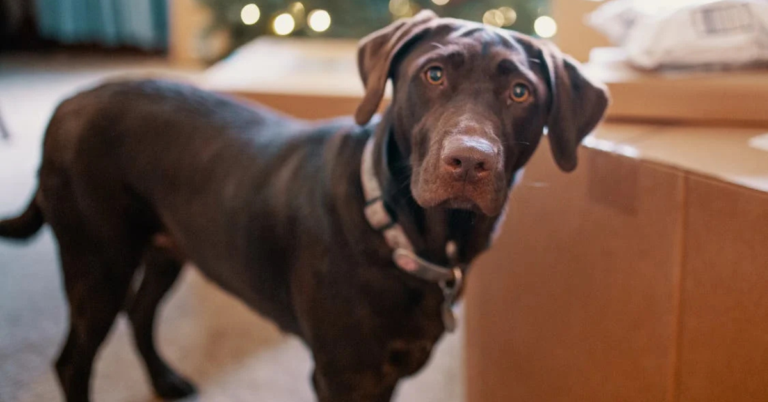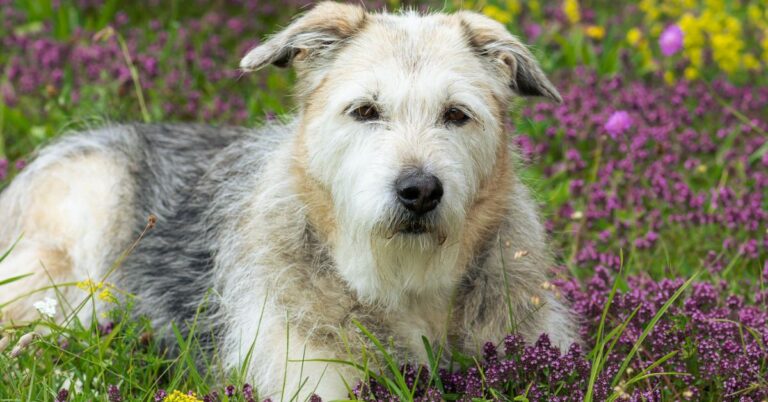The Saarloos Wolfdog: What You Need to Know About This Rare Breed

At first glance, you might think it wandered straight out of the wild. But the Saarloos Wolfdog is no ordinary pet. This loyal breed commands quiet respect due to its heritage. Few have seen one in person, and fewer have earned its trust. Here’s what you should know about the rare wolfdog.
Dutch Roots Thanks To Breeder Leendert Saarloos

In the 1930s, Leendert Saarloos believed dogs had become too soft. So, he bred a German Shepherd with a Siberian or Eurasian wolf to restore its instincts. The result was a breed with the intelligence of dogs and the physical endurance of wolves. It was first named “European Wolfdog” before being renamed to honor its creator.
Physical Characteristics And Attributes

Saarloos Wolfdogs are large, athletic dogs with long legs and a strong, powerful gait that is reminiscent of their wild ancestors. Their amber eyes and dense winter coat scream “wolf,” but don’t let the looks fool you. Despite their fierce ancestry, these dogs are shy, loyal, and never aggressive.
Rare Outside Europe Without Recognition By The American Kennel Club (AKC)

Most Americans have never seen a Saarloos and probably never will. This elusive breed is native to the Netherlands, Germany, and parts of Eastern Europe, with fewer than 5,000 worldwide. Breeders even control international exports to protect the dog’s rare bloodline. The Federation Cynologique Internationale (FCI) recognizes the Saarloos under Group 1 but not the AKC.
Exercise Requirements

A casual walk won’t suffice because these Wolfdogs require 1–2 hours of physical or mental activity. They prefer puzzle toys to playing fetch and will gladly run trails for miles. Without proper activity, they may “self-exercise” by escaping fences or digging. Some owners even train them for canicross, a sport where dogs pull runners.
Health Issues

Although this breed’s wolf ancestry makes it generally healthier with a stronger immune system, it’s still prone to hip dysplasia and Dwarfism (pituitary). Thankfully, with responsible breeding, they can live 12–14 years. However, owners must prioritize routine vet visits, as Saarloos often hides signs of pain.
Grooming Tips

Despite their wild look, Saarloos wolfdogs are surprisingly low-maintenance. They don’t even need frequent baths because they strip essential oils. Additionally, their double coat sheds seasonally and requires only weekly brushing or daily attention during molting. They rarely smell, and many owners report their coats “self-clean” after muddy hikes.
Nutrition And Diet

Since powerful bodies need consistent good food for energy, Saarloos thrive best on high-quality, protein-rich diets. Many breeders recommend raw or biologically appropriate diets. However, they’re picky eaters who may skip meals like wild wolves because of their sensitive stomachs and slow metabolism.
Low Barking But Always Alert

Instead of barking, Saarloos Wolfdogs use posture, low growls, subtle cues, and eye contact when reacting to potential danger. Some even go years without barking once. But don’t mistake quiet for weak. These dogs detect shifts in energy before humans do and are hyper-aware of their environment, which makes them excellent watchdogs.
Too Independent And Strong-Willed For Beginners

This breed is notoriously independent and ignores traditional obedience methods. That’s why experienced owners are the ideal individuals to raise Saarloos because they understand canine body language and pack dynamics. Many owners describe training as “negotiation” rather than command.
Bonds To One Family With Deep Loyalty
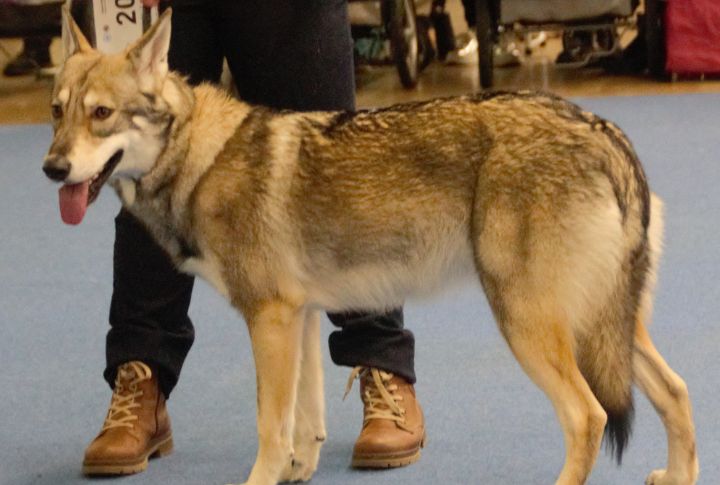
While this breed doesn’t get familiar with everyone, it picks one home and gives it everything. Saarloos often ignores visitors and stays glued to its humans. The dog also forms intense, lasting bonds with its family and struggles with change. Some even stop eating or socializing if rehomed
